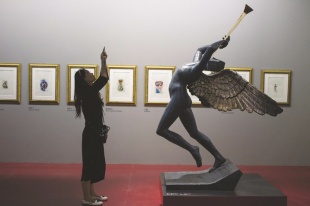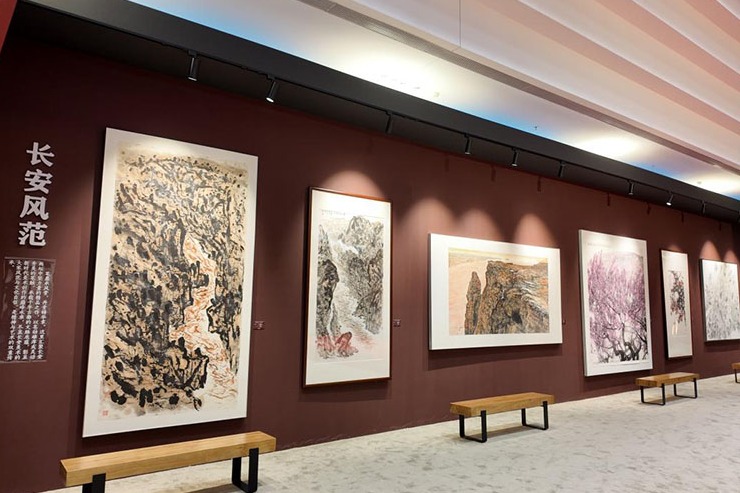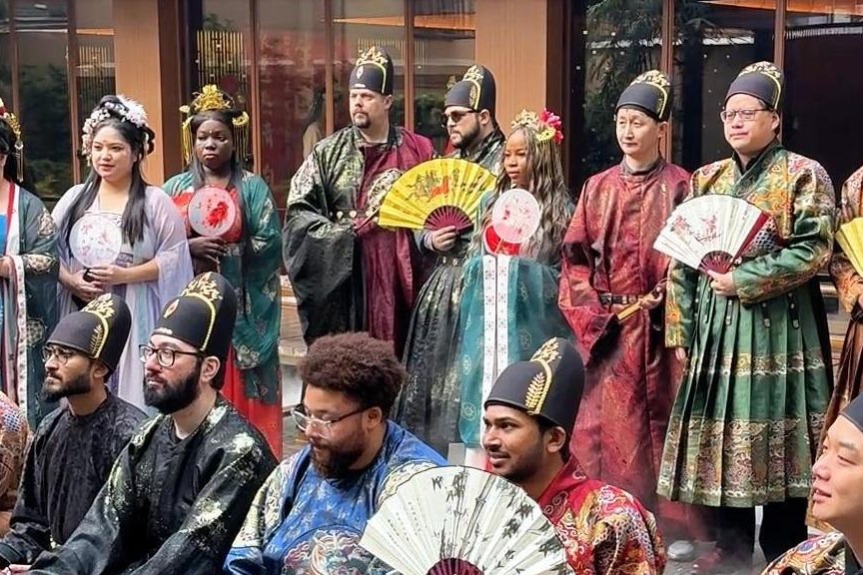Killing two birds with one stone


Officials turn to the introduction of art spaces at the Bund to keep historical buildings relevant
Two art galleries will be unveiled in buildings along the Bund this June as part of efforts to preserve heritage architecture while bringing historical relics closer to the masses.
Located at 18 and 27 East Zhongshan No 1 Road, the galleries would be exhibiting high-end oil paintings and admission would be free, said Gong Deqing, chairman of Shanghai Jiushi Group, the company responsible for the management of historical buildings on the Bund.
"We've talked much about the protection of such historical buildings in recent years. At the same time, we also need to find new solutions to empower them with novel functions in order to keep them alive," Gong was quoted as saying by Shanghai-based Jiefang Daily.
"The current layout of luxury stores occupying the front row of buildings on the Bund gives the impression that the area is exclusive for a small group of people, but the Bund should belong to everyone. More members of the public should be walking into, not just around, these buildings to appreciate them," he said.
According to the municipal government's master plan to turn Shanghai into a global city and a modern cosmopolis by 2035, authorities will expand on the protection of historical and cultural buildings and strive to preserve architecture, spatial patterns and neighborhood landscapes that would fully reflect the geographical and cultural characteristics of the city in the past.
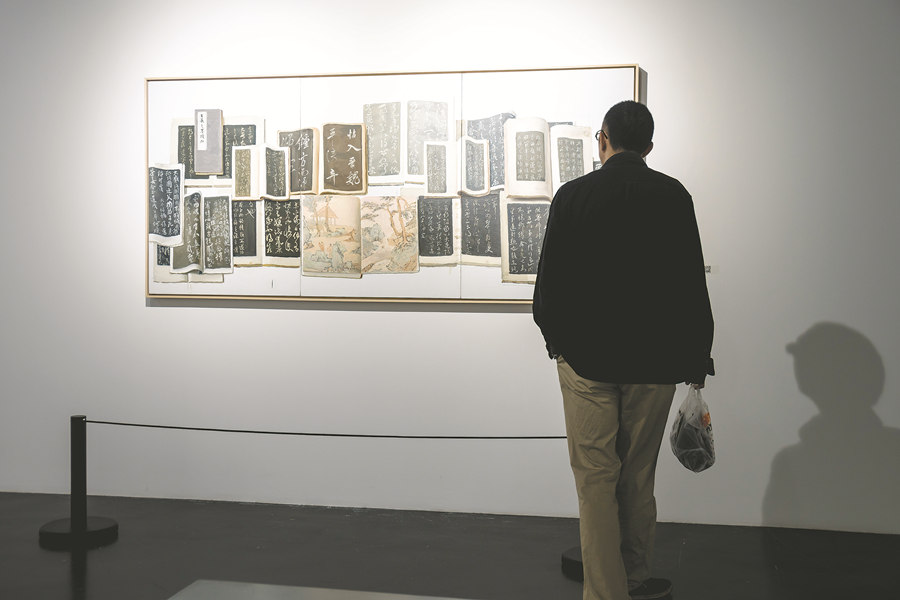
Some experts suggested that city officials draw on the experience of foreign counterparts. Tu Haiming, a member of the Shanghai People's Political Consultative Conference, pointed out that countries such as France and Germany have mature practices with regard to the preservation of historical buildings that Shanghai can learn from.
He noted that the rejuvenation of old residential areas in Germany largely involved the introduction of new public facilities. In France, he said, about 40,000 historical buildings are protected at a national level according to a law enacted in 1913.
The French government is also responsible for footing the bulk of costs associated with the maintenance of such buildings.
"In 1943, France introduced laws pertaining to the protection of the surroundings of historical monuments. It stipulated that the protection area is not only the monument itself but also the area within a 500-meter radius around it," said Tu, who is also president and general manager of Shanghai Hodoor Real Estate Development Company.
"When the country further extended the concept of cultural heritage to its old towns in 1962, all the old towns that were deemed as valuable were included in the areas for historical protection and brought under strict urban management. Dismantling and repairs of the buildings are subjected to assessment and approval of a national-level panel of experts. As far as I know, France spent an annual average of 305 million euros ($376 million) on the restoration of the historical architectures," he added.
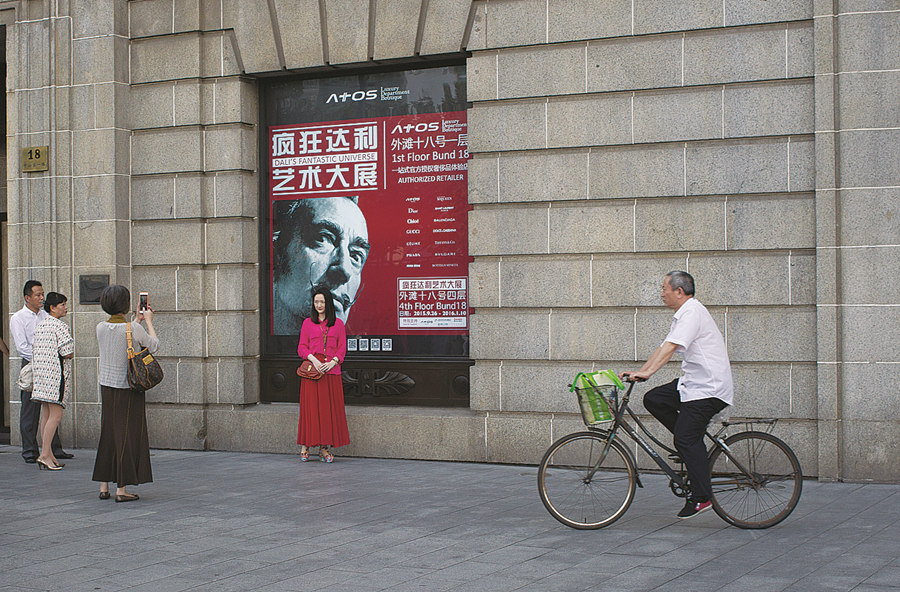
Latest statistics from the Shanghai Municipal Housing and Urban-rural Development Commission show that the city has roughly 25 million square meters of historical buildings that have been around for more than 50 years. More than one-third of these buildings are old Shanghai-style residential houses located in traditional alleys, including old villas and shikumen homes.
Apart from protecting the facade of heritage buildings, authorities should also improve living conditions by creating independent kitchens and bathrooms and increasing space for each household, said political advisor Ye Guohui.
Pan Xiangli, a local political advisor and writer, suggested that the protection efforts could also be extended to people. She expressed hope that urban management authorities could adopt a more tolerant attitude toward vendors selling gardenias and white orchids who are not impeding traffic.
"Shanghai has a long history of having such vendors. They are a part of authentic Shanghai life and visitors should be given a chance to experience this," she said.
zhouwenting@chinadaily.com.cn


